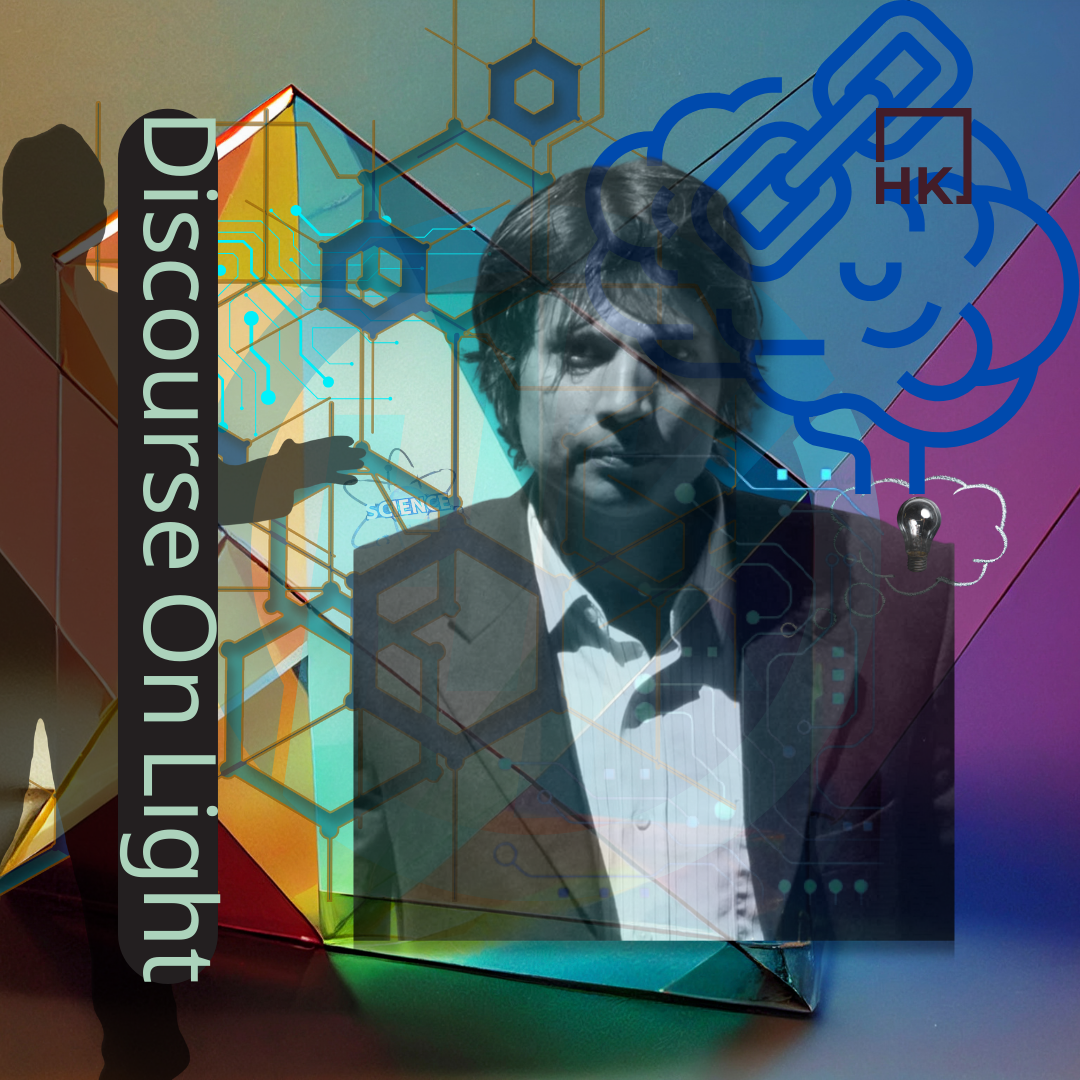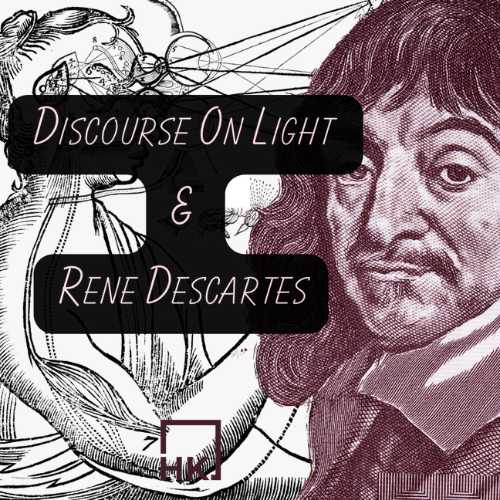hypothesis of the evil genius taking the skeptical challenge as far, or as deep, as it can go. ForDescartes, however, it was more like the deep night through which the soul must pass on its wayto light, the light of reason, and to God as the reason for all things and the source of that light,and then, through God, to the scientific study of the world. Few have been able to follow him: heis not convinced. For most, the radical skepticism created by Descartes’ method of doubt and thedemon hypothesis is a sham: Descartes creates the problem for himself when he suggests that theworld can be distinguished ontologically into the world of ordinary experience and a world ofessences or forms that lies beyond this ordinary world but which constitutes the reasons for its being. If the reasons for our ordinary world being as it is are not to be found in that world, thenthey are not to be found at all, and the radical skepticism is a consequence of a search after whatcannot be found: the skepticism is not there to be conquered, as Descartes thought, but to bedismissed as an unreasonable longing for a world of certainty that is not there.Here main understanding is that Rene Descartes wants to add that the definition of light isthe interconnection with the objects it depends not only on vision or seeing but on the feelingsand conception as the blind is perceiving while using his stick. The action of the object comesfrom the object as well, sight can be perceived not only using the action in them which isdirected towards our eyes but also by the action in our eyes which is directed towards them.There are many allusions in the discourse on the body, soul, and sensory awareness. First, thequestion is whether their soul is set into two, as referred to, Friedrich Nietzsche contradicts theconcept of two “body is soul and soul is body how we are measuring it into two.” ReneDescartes also includes that the body is a machine and the machine functions in it on themetabolism of living and dealing with conceptual things with the sensory consideration. For acontemporary understanding of the soul/mind and the problem concerning its connection to the brain/body, consider the rejection of Descartes’s mind-body dualism by Gilbert Ryle’s ghost-in-the-machine argument, the tenuous unassailability of Richard Swinburne’s argument for thesoul, and the advances that have been made in neuroscience that are steadily undermining thevalidity of the concept of an independent soul/mind. The philosophies of mind and personalidentity also contribute to a contemporary understanding of the mind. The contemporaryapproach does not so much attack the existence of an independent soul as renders the conceptless relevant.





















